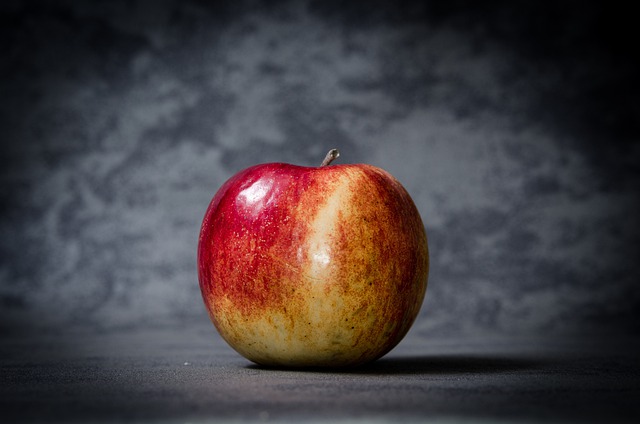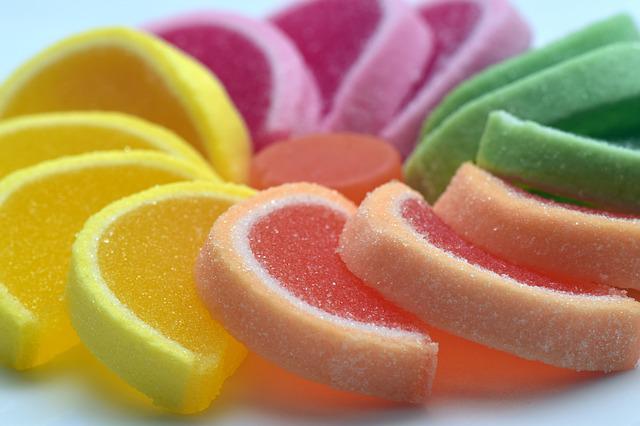
It is well known in nutrition circles that that the juice of fruits and vegetable are good for overall health. Increased energy and improved cardiovascular health are among the many benefits of consuming fresh juice. Try using these tips to use your home juicer more.
Get more from your fruit and vegetables with a masticating juicer. These juicers have a more gentle method of extracting juice, which helps the liquid maintain more of its nutrients. When juice is produced in this manner, it has greater stability and can be stored more successfully.
Health Benefits
If health benefits are your main reason for juicing, some of the most nutritious ingredients you can add to your juice blends are greens such as: kale, spinach, parsley, broccoli and chard, among others. The idea here is to use leafy greens not for their flavor, but for their health benefits. So use at least 50% leafy greens and then supplement other items for flavor. Fruit juice generally contains more sugar than the juice from greens and usually isn’t as healthy for you.
Drink slowly, and enjoy the unique characteristics each juice has. Take time to enjoy it, and taste everything in it. Your saliva will help breakdown the juice’s nutrients, and allow your body to have an easier time digesting it.
Use the colors of your fruits and vegetables to help you figure out which nutrients they provide. From vibrant greens to bright reds, different colored vegetables and fruits contain different minerals and nutrients. Incorporating a number of differently colored fruits and vegetables into your juices gives both a deeper flavor and a wider range of nutrients.
Every time you use your juicer, rinse and wash it immediately afterwards. Also, some vegetable and fruit juices can stain jugs and blades.
You should have your juicer on the counter always. You will use it more if it isn’t put away. If you have it in sight you will be sure to use it every day.
It’s fine to prepare juice to store in the fridge, but you must take care to prevent it from turning a different color. You will need to take a quick precaution to help keep your fresh juice from changing color, though. You can prevent this from occurring simply by squeezing about two teaspoons of juice from a fresh lemon into your juice blend. The flavor won’t be affected by this tiny bit of lemon juice, but the color of the fruit or vegetable juice will be preserved.
If you have any kind of urinary infection, cranberries added into your juice will do wonders. Start drinking cranberry juice when you start to feel symptoms of a problem.

If you have diabetes or hypoglycemia, try juicing vegetables as opposed to fruits until you talk to your physician. Drinking fruit juice often causes blood sugar to spike. Keep track of the amount of fruit you add to your juices so you can regulate your sugar intake. Vegetables can supplement your juices to provide your body with nutrients without the risk of sugar overload.
Pay attention to the cues your body will provide you regarding what you drink. You might drink something that doesn’t bode well with your system. If a specific juice makes you queasy or you find your stomach churning, study the ingredients for anything unusual. Use smaller amounts to condition your body to those ingredients.
Ginger is a great food that can help to aid gastrointestinal problems. Added to your juices, it can heal your stomach problems, while also adding a bit of zest to your drink. It is a great anti-inflammatory agent which can aid in healing the esophageal reaction to acid reflux, or stomach ulcers and upset.
Known carcinogen removing phytochemicals are found in juice from vegetables and fruits. Incorporate as many of these foods as you can into your juice recipes.
If getting older is taking its toll on your energy and stamina, consider the nutritional boost of adding home made juice to your diet. The intensified nutrients in juice can raise your energy level and your feeling of well-being.
Many juice recipes call for fruits and vegetables that you may not eat on a normal basis, like spinach or kale. Although a drink with kale in it may not sound like your cup of tea (or juice), other ingredients are often added to mask the flavor.. You want to do this so you’re filling your body up with the nutrients it needs. Two great ingredients to use to mask flavors you don’t like are lemon juice and apples.
If you are concerned with your intake of fat, consider adding negative-calorie foods to your juice blends. These foods boost the nutritional value of your drinks and actually burn calories. Some of these foods include herbs, cabbages, kale, or broccoli. For fruit juices, high fiber fruits offer the greatest perks, as fiber is hard to digest.
To keep dark leafy greens at their optimum freshness, store them in sealed plastic bags in the refrigerator. Wash and dry thoroughly before putting them into any bags though.
Use a variety of different fruits and vegetables to make a tasty juice that will help fight off constipation. Drinking fresh juice on a regular basis will prevent chronic constipation.
As you already know, homemade juice is healthy for you. The information in this article provides you with the foundation of knowledge you need to get out there and start experimenting with juicing on your own. There is no time like the present to pull out your juicer and put it to good use.
